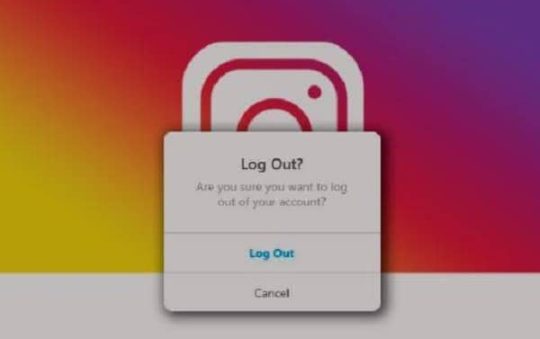When a new user understands how the product works and recognises why it is a must-have solution and value, it is called an Aha moment. The moment of abrupt realisation, also known as activation, marks the beginning of a long-term connection between a company and its customers. As a consequence of a user’s encounter with a product, Aha moments occur. These can also be an emotional response to a feature’s discovery. In essence, Aha moments are the pleasant emotions that occur as a result of a user experience. However, throughout the onboarding process, you must assist new clients in quickly discovering the value you promised in order to convert them into regular, loyal customers.
Contents
What Does It Feel Like to Have an Aha Moment?
What is an AHA moment? When you have a “Aha!” moment, three things happen:
- You have a good understanding of how a product may help you with your current issue.
- You have firsthand knowledge of a product’s value proposition.
- You get a solution and a result in minutes that would ordinarily take hours.
Aha moments may occur at any point along the client lifecycle. Here are a few Aha moment examples from actual organisations to help you understand what an Aha moment feels like in real life:
- It’s all about connecting with pals on Facebook.
- It’s about finding an answer to your question for Google.
- Making your first booking on Airbnb is the first step.
- Signing up, arranging, and hosting your first video conference are all included by Zoom.
Retained Users Should Be Heard
Listening to both retained customers and churned consumers is the first step in determining your product’s aha moment. Retained users are active users, so start by figuring out what they all had in common. Examine your product statistics for frequent user activity trends by asking simple questions like:
- What are your plans for the [thing] you just bought?
- Are there any features that you use frequently? How?
- What features of our product do you find most appealing?
- What would you like [your product] to be able to do?
- What influenced your decision to pay for the [product]?
- Do you have any features that you never use? What’s to stop you?
Listen to a customer care representative from Churned Users.
You can only get so far with positive remarks. To go past that stage, you must be prepared to receive unfavourable comments. Consider how you can enhance the user experience right now by understanding why churned people left. Here are some possible questions to ask them:
- When you joined up for our service, what did you hope to get out of it?
- Were you able to get that result when using the product? What’s to stop you?
- Why didn’t you choose our product as the best answer to your problem?
- Excessively costly
- Still pondering
- It’s not a good match.
- I’m only conducting research.
- It’s too complicated.
- Feature or integration that is missing
- I came up with another idea.
Recognize the User’s Goals
It’s vital to remember that everyone’s aha moments are different. The predictability of your product’s aha moment is determined by why each user has joined up for it. That moment and the reasons behind it change since it is dependent on the discovery of value, which varies depending on the user’s goals. As a result, it’s a good idea to come up with additional Aha moments in case the first one doesn’t work out. You ask the following questions to find the proper ones:
- Which of these Aha moments do you think will have the largest impact on users?
- Which of these situations is the most straightforward to employ on new users?
- Choose a few of questions and begin testing them.
Conclusion
Why should you care about an Aha moment in product design? An Aha moment, on the other hand, is the precise moment when a user realizes the value they receive from a product or service. This indicates that they recognize the value the product will bring to them as a consumer, which typically leads to a commitment to the product. When you sign up for a fitness app and get a 10-day free trial, this is an example of an Aha moment. You may never convert if the product does not provide an Aha moment. As a result, you must grasp the worth within the first 10 days.




